4-(di(1H-indol-3-yl)Methyl)phenol
- CAS NO.:151358-47-3
- Empirical Formula: C23H18N2O
- Molecular Weight: 338.4
- MDL number: MFCD03723253
- Update Date: 2024-11-17 16:00:36
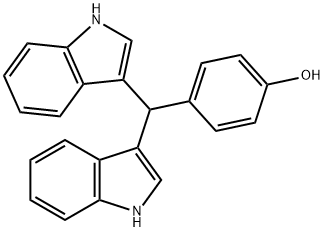
What is 4-(di(1H-indol-3-yl)Methyl)phenol?
Description
C-DIM 8 (151358-47-3) is an antagonist of the orphan nuclear receptor Nur77 (NR4A1, TR3).1 Induces reactive oxygen species and ER stress in pancreatic cancer cells.2 C-DIM 8 mimics the effect of Nur77 knockdown in non-small-cell lung cancer A549 and H460 cells, inhibiting cell growth and inducing apoptosis which was accompanied by decreased expression of survivin and inhibition of mTORC1 signaling.3 Inhibits the expression of β1- and β3-integrin and blocks integrin-dependent breast cancer cell migration.4 Decreases expression of the histone methyltransferase G9A (EHMT2) in a variety of cancer cell lines.5
storage
Store at -20°C
References
Chintharlapalli et al. (2005), Activation of Nur77 by selected 1,1-Bis(3’-indolyl)-1-(p-substituted phenyl)methanes induces apoptosis through nuclear pathways; J. Biol. Chem., 280 24903 Lee et al. (2014), The orphan nuclear receptor NR4A1 (Nur77) regulates oxidative and endoplasmic reticulum stress in pancreatic cancer cells; Mol. Cancer Res., 12 527 Lee et al. (2012), The nuclear receptor TR3 regulates mTORC1 signaling in lung cancer cells expressing wild-type p53; Oncogene, 31 3265 Hedrick et al. (2016), NR4A1 Antagonists Inhibit ?1-Integrin-Dependent Breast Cancer Cell Migration; Mol. Cell. Biol., 36 1383 Shrestha et al. (2021), The Histone Methyltransferase Gene G9A Is Regulated by Nuclear Receptor 4A1 in Alveolar Rhabdomyosarcoma Cells; Mol. Cancer Ther. 20 612
Properties of 4-(di(1H-indol-3-yl)Methyl)phenol
| Melting point: | 122-124 °C |
| Boiling point: | 610.2±50.0 °C(Predicted) |
| Density | 1.321±0.06 g/cm3(Predicted) |
| storage temp. | Sealed in dry,Room Temperature |
| solubility | Soluble in DMSO (35 mg/ml); ethanol (35 mg/ml) |
| form | solid |
| pka | 9.98±0.26(Predicted) |
| color | Pink |
| Stability: | Stable for 2 years from date of purchase as supplied. Solutions in DMSO may be stored at -20°C for up to 2 months. |
Safety information for 4-(di(1H-indol-3-yl)Methyl)phenol
| Signal word | Warning |
| Pictogram(s) |
 Exclamation Mark Irritant GHS07 |
| GHS Hazard Statements |
H302:Acute toxicity,oral H315:Skin corrosion/irritation H319:Serious eye damage/eye irritation H335:Specific target organ toxicity, single exposure;Respiratory tract irritation |
| Precautionary Statement Codes |
P261:Avoid breathing dust/fume/gas/mist/vapours/spray. P305+P351+P338:IF IN EYES: Rinse cautiously with water for several minutes. Remove contact lenses, if present and easy to do. Continuerinsing. |
Computed Descriptors for 4-(di(1H-indol-3-yl)Methyl)phenol
New Products
4-Aminotetrahydropyran-4-carbonitrile Hydrochloride (R)-3-Aminobutanenitrile Hydrochloride 4-AMINO-TETRAHYDRO-PYRAN-4-CARBOXYLIC ACID HCL 4-(Dimethylamino)tetrahydro-2H-pyran-4-carbonitrile 3-((Dimethylamino)methyl)-5-methylhexan-2-one oxalate 1,4-Dioxa-8-azaspiro[4.5]decane 5-Bromo-2-nitropyridine Nimesulide BP Aceclofenac IP/BP/EP Mefenamic Acid IP/BP/EP/USP Diclofenac Sodium IP/BP/EP/USP Ornidazole IP Diclofenac Potassium SODIUM AAS SOLUTION ZINC AAS SOLUTION BUFFER SOLUTION PH 10.0(BORATE) GOOCH CRUCIBLE SINTERED AQUANIL 5 BERYLLIUM AAS SOLUTION 2-Bromo-1-(bromomethyl)-3-chloro-5-nitrobenzene 2-Bromo-3-nitroaniline N-(3-Hydroxypropyl)-N-methylacetamide 3-Bromo-6-chloropyridazine 4-ethyl-3-nitrobenzoic acidRelated products of tetrahydrofuran
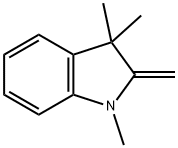
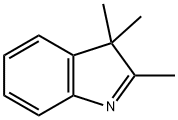

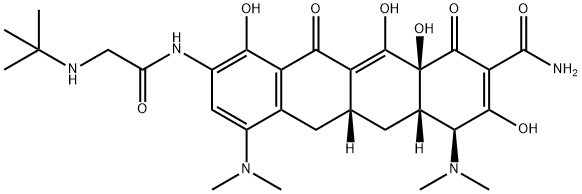
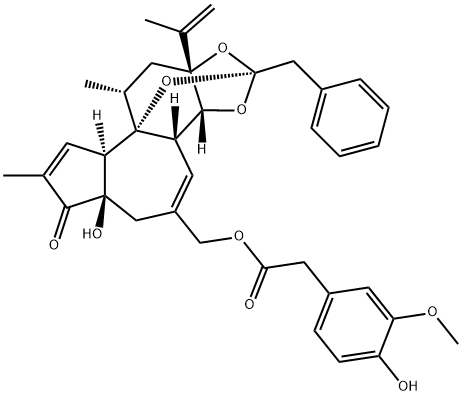

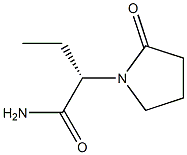
You may like
-
 DIM-C-pPhOH CAS 151358-47-3View Details
DIM-C-pPhOH CAS 151358-47-3View Details
151358-47-3 -
 1-Methyl-6-oxo-1,6-dihydropyridazine-3-carbonitrile 98%View Details
1-Methyl-6-oxo-1,6-dihydropyridazine-3-carbonitrile 98%View Details
99903-60-3 -
 1823368-42-8 98%View Details
1823368-42-8 98%View Details
1823368-42-8 -
 2-(3-(tert-butyl)phenoxy)-2-methylpropanoic acid 1307449-08-6 98%View Details
2-(3-(tert-butyl)phenoxy)-2-methylpropanoic acid 1307449-08-6 98%View Details
1307449-08-6 -
 Ethyl 3-(furan-2-yl)-3-hydroxypropanoate 25408-95-1 98%View Details
Ethyl 3-(furan-2-yl)-3-hydroxypropanoate 25408-95-1 98%View Details
25408-95-1 -
 2-Chloro-5-fluoro-1-methoxy-3-methylbenzene 98%View Details
2-Chloro-5-fluoro-1-methoxy-3-methylbenzene 98%View Details
1805639-70-6 -
 1784294-80-9 98%View Details
1784294-80-9 98%View Details
1784294-80-9 -
 Lithium ClavulanateView Details
Lithium ClavulanateView Details
61177-44-4